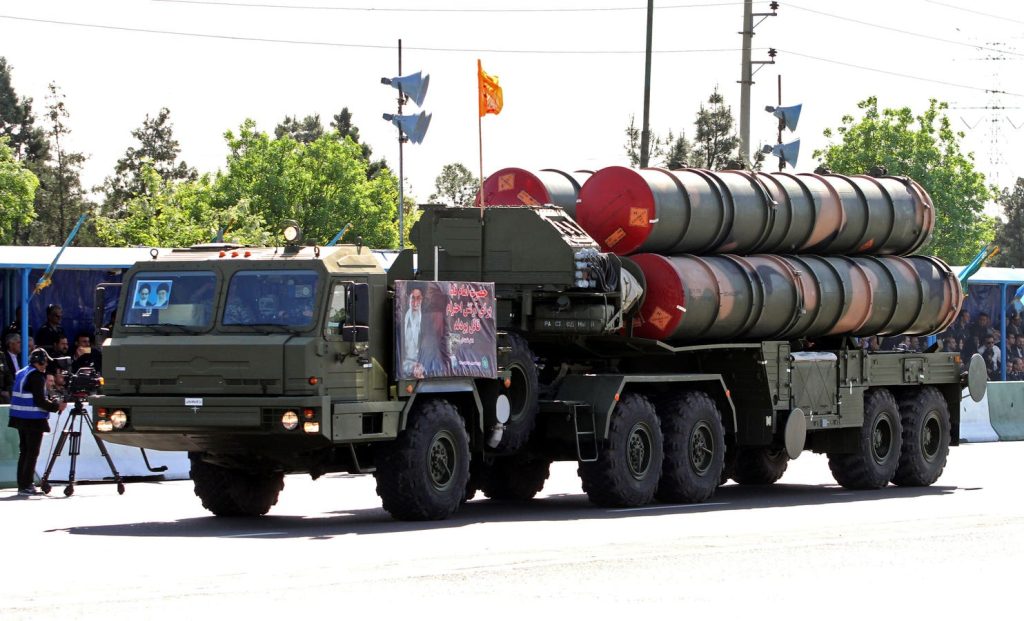Israel’s recent strike on Iran’s central Isfahan region was intended to showcase its ability to neutralize some of Iran’s most advanced air defense missile systems. The attack utilized quadcopter drones that were quickly downed by Tehran’s air defenses, leading Iran to dismiss the attack as insignificant. However, post-strike analysis revealed that an Israeli ballistic missile had targeted a radar of a long-range Iranian S-300PMU-2 air defense system, causing more damage than initially reported. Israel neither confirmed nor denied the strike, but the message was clear: it can strike deep inside Iran with precision.
The wreckage found in neighboring Iraq suggested that Israel likely used its Blue Sparrow ballistic missile, which can be launched by fighter jets at targets up to 1,250 miles away. The damage inflicted on the S-300 system was relatively discreet, demonstrating Israel’s reach without causing extensive destruction. Despite Iran’s missile and drone attack against Israel just days prior, Israel’s response was arguably more effective and strategic. The proximity of the S-300 system to Iran’s Natanz enrichment site, a key part of its nuclear program, emphasized Israel’s determination to target Iranian nuclear sites regardless of air defenses.
This tactical strike by Israel echoes a similar incident in 2019 when Iran executed a precise attack on Saudi Arabia’s oil processing facilities at Abqaiq and Khurais. While the Houthis claimed responsibility, evidence suggests that Iran was behind the operation, which showcased the vulnerabilities of Saudi energy infrastructure. The attack, conducted using drones and cruise missiles, caused significant damage to specific targets but left essential infrastructure intact. This strategic operation highlighted Iran’s capability to target key assets with accuracy and restraint, ensuring a quick recovery for Saudi Arabia.
Both instances demonstrate a sophisticated use of limited force to convey a potent message. Israel’s strike on the Iranian air defense system echoed Iran’s graze on Saudi oil facilities, showing that precision targeting can be just as effective as broad destruction. By targeting crucial components of the S-300 system, Israel sent a clear message to Iran while avoiding widespread damage and escalation. This calculated approach underscores the strategic importance of demonstrating capability and resolve without provoking a full-scale conflict.
The aftermath of these attacks signals a shift towards precision strikes and limited force to achieve strategic objectives in the Middle East. Both Israel and Iran have utilized targeted attacks to showcase their military capabilities and send messages to regional rivals. By strategically targeting critical assets while minimizing collateral damage, these operations serve as a warning to adversaries while avoiding the risk of full-scale conflict. As tensions continue to simmer in the region, the use of precision strikes may become a preferred tactic for achieving strategic goals without triggering widespread escalation.















